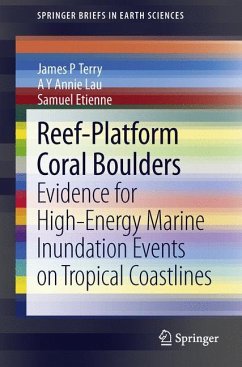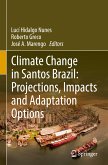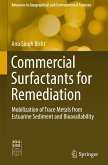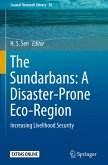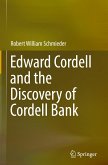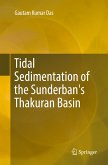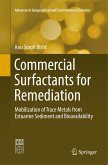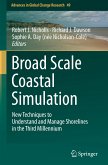The primary goal here is to present a treatise on the significance and value of coarse clastic carbonate sediments (i.e. large coral boulders) on tropical coastlines for understanding both modern and pre-historical (Holocene) high-magnitude marine inundation events. There has been a rapid groundswell of interest in large carbonate blocks on tropical coasts over the last decade, yet it is not widely appreciated that such features were observed and recorded back in the early explorations of Matthew Flinders on the Great Barrier Reef in the 1800s. This book will illuminate how various characteristics of datable carbonate blocks torn up from coral reefs and deposited on reef platforms yield importance evidence about the storms and tsunamis that emplaced them over decadal and centennial timescales. No comprehensive review has so far been published. A need now exists for a 'definitive reference' on coral boulder research, which details the earliest observations, changing terminology, sedimentology, and relevance for coastal hazard research in the tropics. A wide range of examples will be incorporated from across Asia, Australia, the Pacific and the Americas, as well as a full up-to-date review of the existing literature.
Bitte wählen Sie Ihr Anliegen aus.
Rechnungen
Retourenschein anfordern
Bestellstatus
Storno

